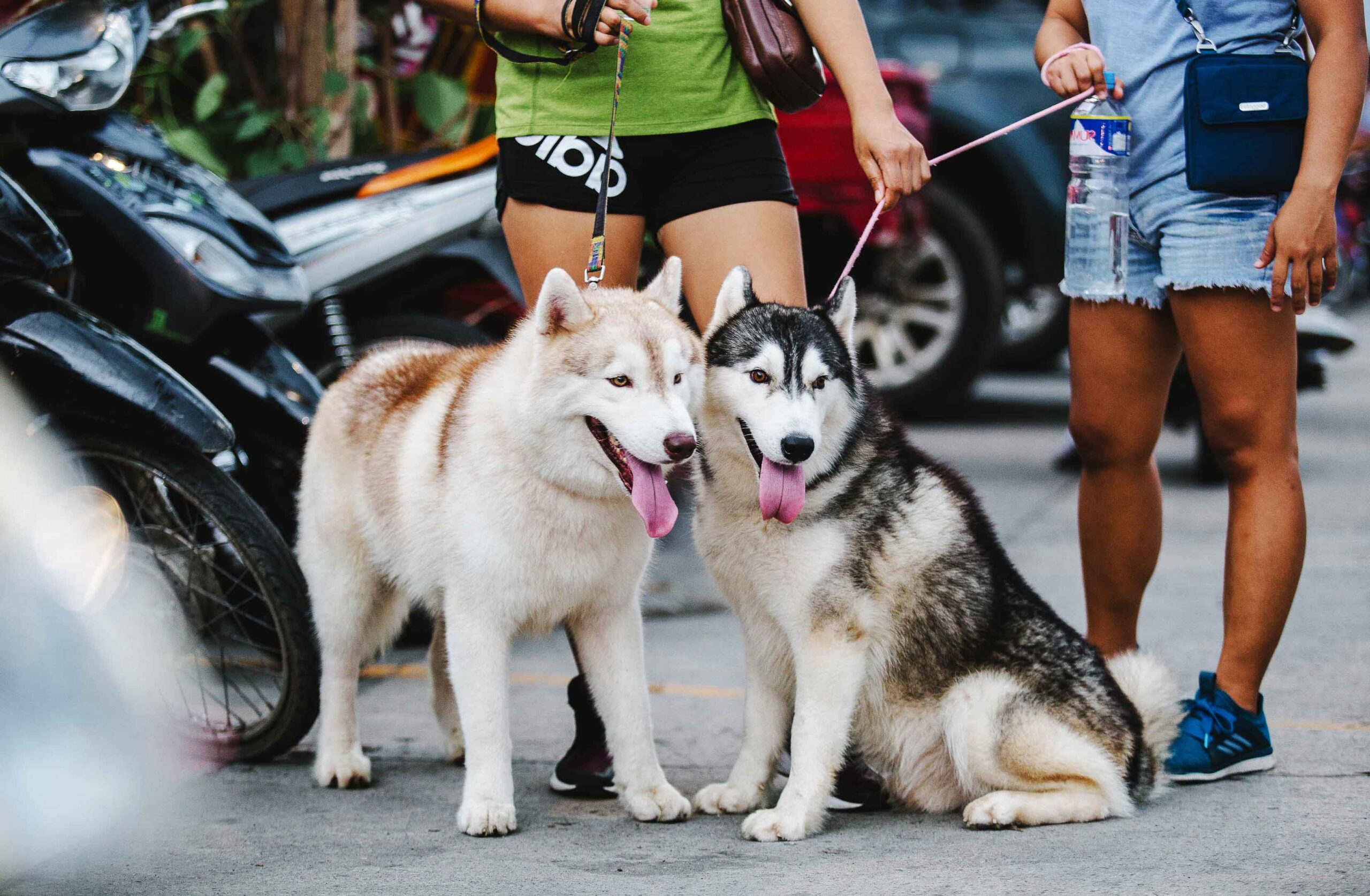
This list of 27 things you didn’t know you were hurting your dog will give you tips on improving and keeping your four-legged friend safe and healthy throughout their life.
We love our pets, but sometimes we don’t realize how much damage we do to them through small everyday habits.
With these changes, you can have an even better pet-owner relationship and ensure your dog has a long, happy life!
1) Leaving your dog outside all-day
Dogs are social animals, and leaving them outside all day long can be detrimental to their psychological well-being. For starters, it makes them anxious.
To make matters worse, if your dog is in a fenced-in yard with no shelter from sun or rain, they may develop health problems due to being in direct sunlight or standing in an area where water pools up. Plus, dogs need constant companionship — not just at mealtimes.
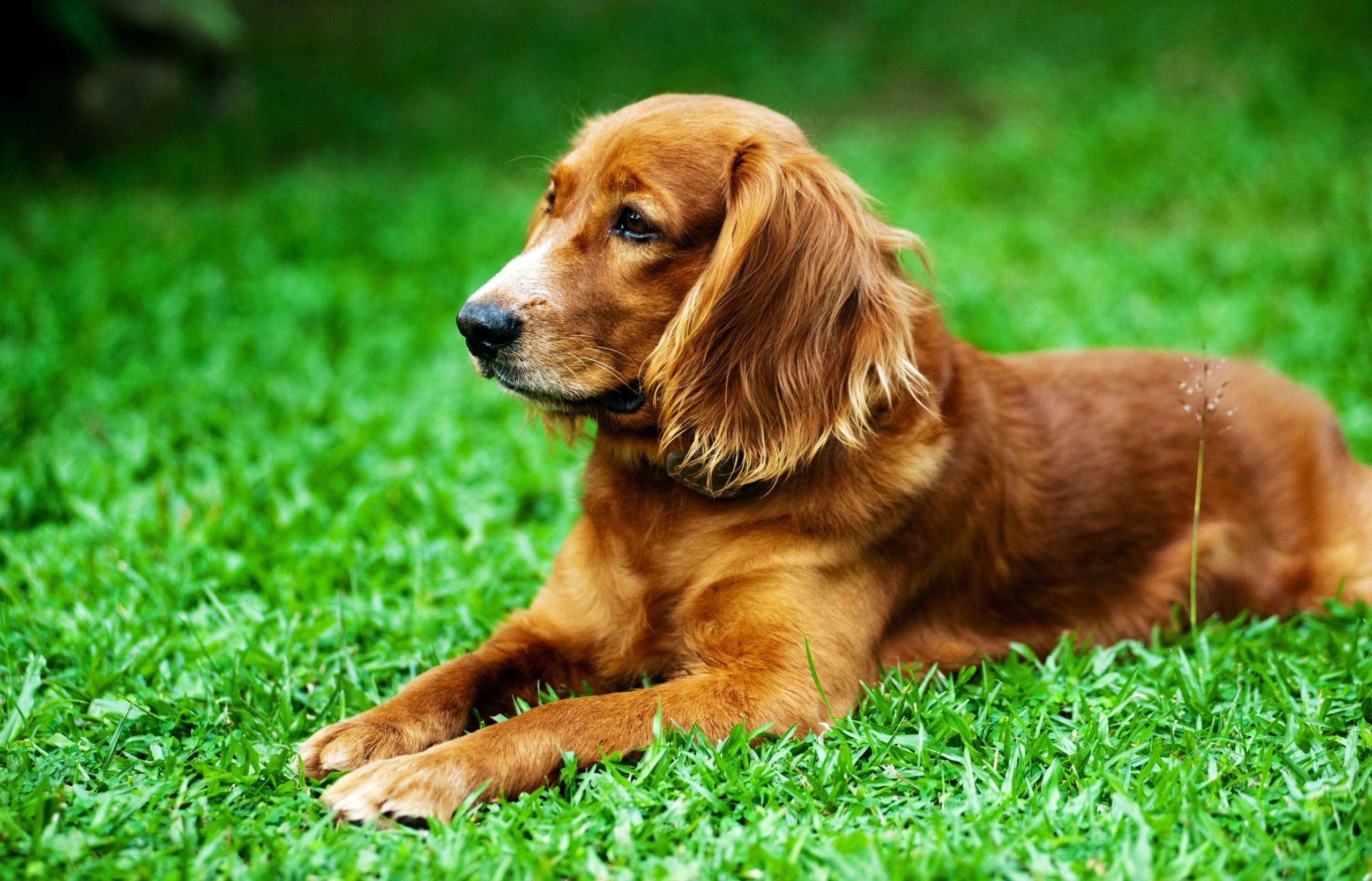
While some people like to let their dogs roam freely during outdoor playtime (and that’s fine), you should never leave your dog unattended outside all day while you work or run errands.
Your dog will likely end up bored and lonely — and might even get into trouble trying to entertain himself.
2) Giving your inappropriate dog toys
First, know that not all toys are safe for dogs—and if you’re buying a toy for your dog, make sure it’s intended for dogs.
It may be dangerous to your dog if it has to be inside or other things that can be easily torn off.
Stuffed animals, toy mice, and rubber balls can be dangerous because they are small enough to get stuck in your dog’s throat or cause an intestinal blockage.
It’s best to stick with toys that are meant for dogs like those made by Kong—if you want to give your dog a stuffed animal anyway, remove all of its stuffing first!
3) Feeding your cheap dog food
One of the most cost-effective ways to care for your dog is to feed him cheap food, but that strategy is penny-wise and pounds foolish.
Cheap dog food leads to all sorts of health problems, including kidney failure.
A cheap diet can also lead to low energy levels, leading your otherwise energetic dog to be too lazy for playtime and walks.
Don’t let yourself fall into the trap of thinking a few dollars saved will make a big difference; in fact, it could wind up costing you much more than you thought.
4) Overusing treats to train your dog
The problem with using food as a training tool is that you can’t use it every time. If you’re treating every single time your dog performs a trick, you’ll end up rewarding him for simple actions like looking at you or just being in a good mood.
So eventually, he’ll only perform tricks for treats.
When that happens, you won’t be able to tell him no if he decides to do something you don’t want him to do—he doesn’t understand English, after all! The solution? Use praise and affection instead of treats when training your dog; they might not understand English either, but they know exactly what it means when you rub their belly or give them kisses.

5) Letting your dog jump on you or others
It’s a common misconception that dogs are friendly, but that’s not always true.
Sometimes dogs misinterpret humans as other animals. If a dog can jump on people, it will often continue jumping on people. This can easily lead to aggressive behavior when they interact with other animals later in life. To keep your dog safe and happy, don’t allow them to jump on you or others – always take them for a walk instead!
6) Not letting your dog meet new people
Too often, people treat their dogs like children. They put them in clothing and don’t take care of their medical issues, or they feed them unhealthy food, among other things.
Dogs are dogs and should be treated as such. Keep in mind that there are significant differences between dogs and humans.
Make sure you’re acknowledging those differences.
For example, while it may be cute to dress your dog up in a tiny t-shirt and hat, it can make your dog too hot to run around outside comfortably; moreover, it can cause rashes on his body from constant contact with clothing when he’s sleeping or scratching at himself because he’s uncomfortable.
7) Treating your dog like a human child
Dogs are not people, and they shouldn’t be treated like children. This idea is also called the humanization of pets, and it’s familiar mistake owners make.
Dogs can’t communicate with us in words, so owners can easily confuse them for babies or toddlers. It’s natural to anthropomorphize your dog by giving him cute nicknames or dressing him up in little sweaters and booties when he goes outside in wintertime. But there are dangers to that endearing way of thinking about our dogs.
8) Not brushing your dog’s teeth regularly
Dogs who don’t get a regular tooth brushing are in for more than a bad breath: While early plaque buildup can cause sore gums and mouth sores, a more serious problem lies in wait.
The bacteria found in plaque will eventually travel through your dog’s bloodstream to their heart, which can lead to heart attacks and strokes.
Remember to brush your dog’s teeth at least once every two weeks or give them chew toys that will help keep their teeth clean. Plus, many pet food companies make treats that contain special enzymes that help fight tartar. It’s not just for humans anymore!
9) Not listening
Listening to your dog is just as important as listening to other people. Just because you don’t think it’s necessary doesn’t mean your dog doesn’t feel pain.
Ignoring their whining and crying can lead to long-term effects on both of you. Be sure to pay attention to what they are telling you, not just for their sake but for yours too. The happier your dog is, the better it will be for you!

10) Not exercising
Not giving your dog enough exercise can cause them to suffer from various health problems, including arthritis and obesity.
According to animal welfare expert Amy Shojai, people often underestimate how much exercise their pet needs.
She says the amount of exercise needed varies by size, breed, and activity level. But here’s a general rule: If you can’t walk it at a slow pace for 30 minutes without stopping or getting tired, then it probably doesn’t need that much walking.
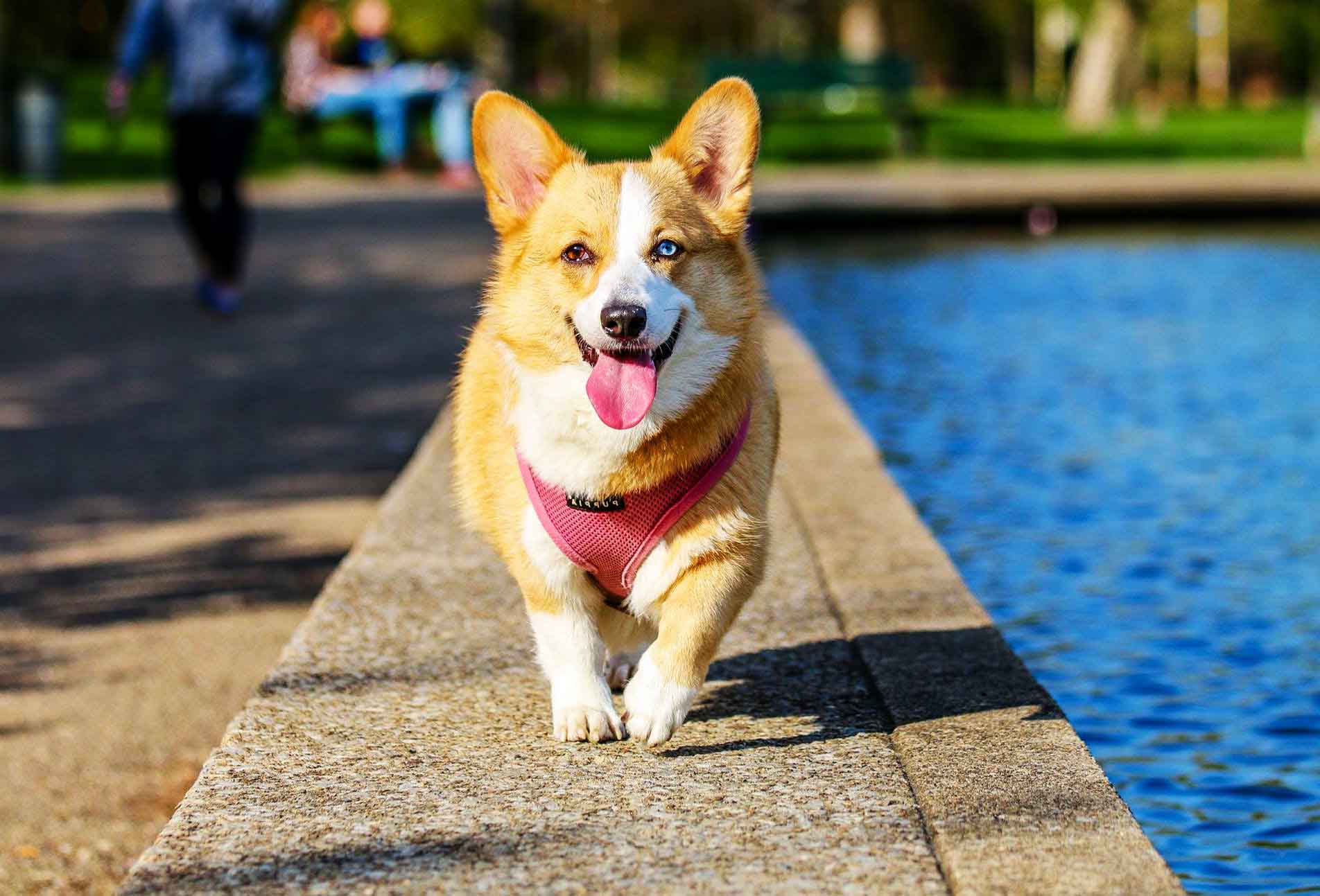
11) Picking up your dog when he’s scared
If your dog is afraid of strangers, loud noises, or other sources of anxiety, picking him up can help to make him feel like you’re on guard.
But if he’s not just stressed but actually in pain (such as after surgery), it can do more harm than good. Dogs can’t tell us when they’re hurting; it’s up to us to notice that they don’t move normally and help them as much as we can.
So if your dog is moving differently than usual or seems lethargic after an injury, take him to a vet and ask how you can treat his pain effectively. Helping your pet means understanding what he might be feeling and knowing how best to help him out.
12) Not knowing dogs’ body language
The key to training a dog or interacting well with them is learning how to understand their body language. Whether you’re in your living room or you’re out on a walk, pay attention to what your pup’s doing.
Dogs use their bodies to tell us how they feel about what we’re saying and doing.
Paying attention will help build trust and strengthen your bond with your furry friend! It also means that you’ll know when your dog is stressed out (cowering, avoiding eye contact) vs.
She was relaxed (tail wagging, looking for affection). When it comes time to take her for a walk, you’ll know if she’s feeling sociable or if she’d rather hang back and relax!
13) Hiding from your dog
Dogs are incredibly intuitive. They can sense when you’re upset, angry, and stressed.
Like humans, they can experience anxiety and depression as well, so don’t hide your feelings from them—let them know that everything is okay by cuddling up with them on those days you’re feeling low. They’ll be there for you when you need it most.
14) Avoiding eye contact
If you are uncomfortable with direct eye contact, your dog will sense that. She’ll probably look at you a lot and try to get your attention in other ways.
Dogs read body language, so if you avert your eyes because you don’t like what she’s doing or because she’s breaking a rule, she won’t understand why—she might even think you’re rejecting her. Please don’t shy away from direct eye contact; it’s an essential part of communicating effectively with your pup. And if she can’t meet your gaze, teach her what to do when someone doesn’t make eye contact: look at their feet instead!

15) Ignoring vet bills
Did you know that as much as 70% of dog owners don’t pay their vet bills? Shocking, right? Some folks deny how much these procedures can cost—or feel like they can’t afford it.
Others believe that if they ignore a problem, it will go away. (Both are wrong.) Ultimately, these people end up caring for a lot more than their pets: They need to care for themselves. Vet bills account for a large part of U.S. healthcare spending and must be paid at some point – your pet doesn’t get to die with its debt unpaid! Consider setting up a separate savings account or prepaid debit card so you can cover any health-related expenses without hurting your bank account too much.
16) Overfeeding Him
Overfeeding your dog can result in obesity, linked to many health problems. If you’re not sure how much food your puppy should be eating, take him to see a vet.
He can give you advice based on his age and breed (such as a Great Dane or Lab), weight, and activity level. If you have any questions about feeding your pet, don’t hesitate to ask for help. Remember: A little knowledge goes a long way when it comes to taking care of our four-legged friends!
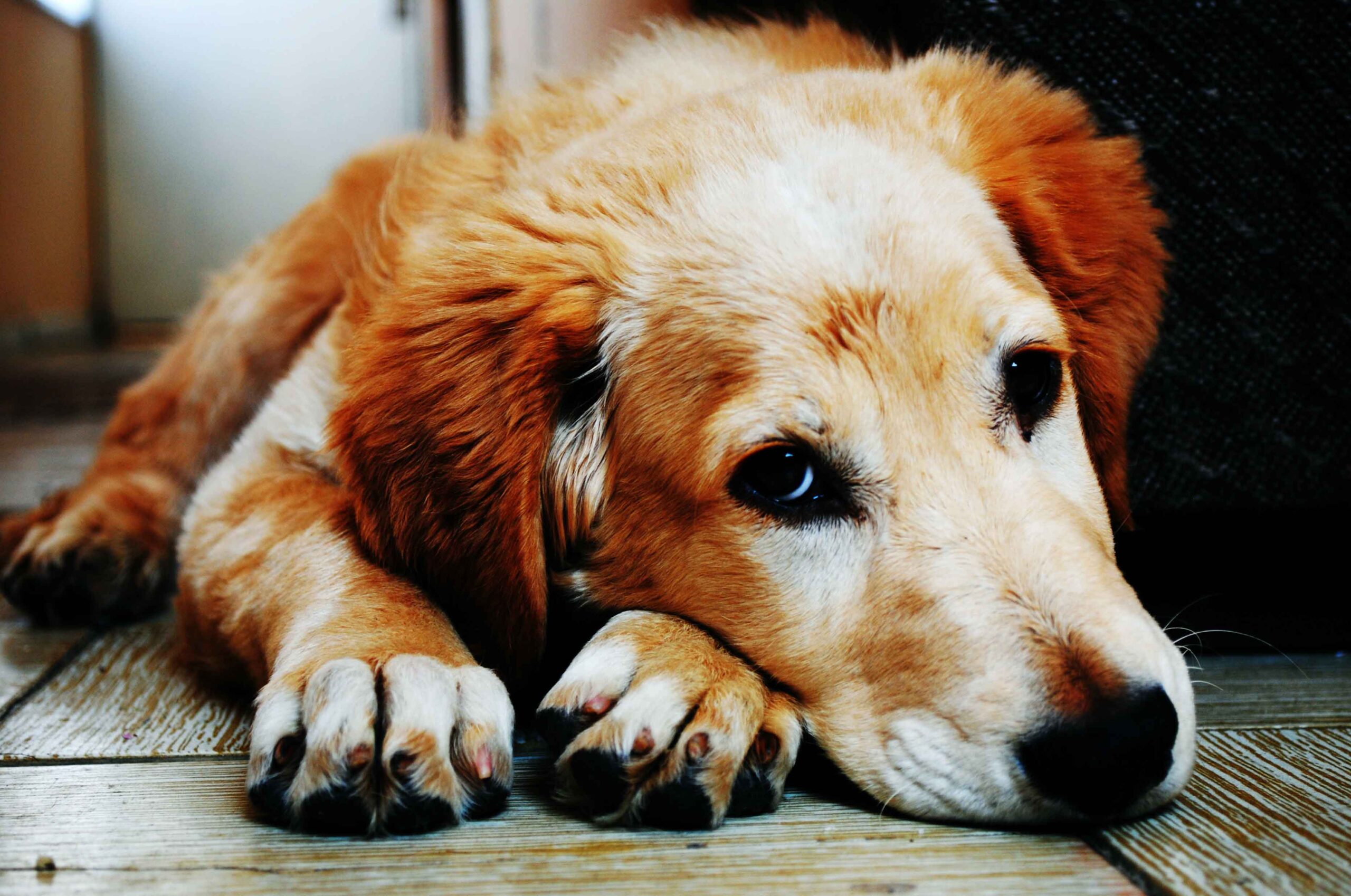
17) Putting His Food Bowl Down When He’s Eating
It’s essential to make sure your dog always has access to his food, but it’s equally important that you never interfere with your pup while he’s eating.
Putting his bowl down in front of him is an invasion of his personal space and can easily send your pup into a frenzy of fear or anxiety.
Instead, gently put his food bowl somewhere nearby—and then leave it alone! This will allow him to relax during mealtimes and make room for a positive association with you when he’s not stuffing his face.
18) Letting him Sleep On Your Bed
Dogs and mattresses don’t mix. The vast majority of pet-related allergens are found in dogs’ fur.
Not only will he be shedding all over your mattress, but you also run a greater risk of giving him fleas if he sleeps on your bed, especially if you have an older dog with an itchy back or skin conditions.
Move his bed to another room so that he stays off your bed but still has access to a cozy place to sleep at night.
19) Choosing the wrong collar
Choosing a collar that’s too loose or too tight, or attaching a leash to an improperly fitted collar, can cause unnecessary discomfort and even harm your dog.
When possible, dogs should wear collars made of nylon webbing with buckles that are easy to snap on and off.
Never use choke chains—these can cause severe neck injuries if they get caught around something.
Dogs should never be left unattended outside while wearing their collars; also, keep them away from places where they could become tangled, such as behind furniture or in corners.
20) Giving Your Dog Bones
Sure, you’ve probably heard that giving your dog bones is a good idea. They clean their teeth and can last for hours—what’s not to love? It turns out there are many things to worry about when it comes to sharing our bones with dogs.
Osteochondritis dissecans, an infection associated with bone fragments, is a common cause of lameness in dogs. More dramatically, though less commonly, it can also lead to death.
The key here is moderation: your pup should have one or two little nubs now, and then if you do give them bones, anything more than that can put them at risk for issues like osteoarthritis down the road as they get older.
21) Yelling when your dog misbehaves
Research shows that punishment can often be effective at stopping bad behavior, but before you reach for your roll of duct tape (do people still use that?) or a rolled-up newspaper, consider why your dog is misbehaving in the first place.
Punishment is less effective with dogs under stress or anxiety—so it’s essential to identify any possible sources of anxiety or stress.
If your dog starts barking or scratching at a door when visitors arrive, for example, take a step back and consider what might be causing him stress—and whether there’s anything you can do to help relieve it.
Of course, if your dog starts digging up your garden beds every spring because he hates being confined all winter indoors long, then yes, some good old-fashioned discipline may be warranted.

22) Using physical punishment
This form of reprimand can be highly harmful to a dog’s psyche. It can also create fear issues and lead to aggressive behavior problems as they age.
Taking your dog on long walks: Sure, a nice walk or run is great for both you and your pup. But it’s important to remember that dogs burn energy differently than we do, so those long walks aren’t always going to be effective in burning calories or losing weight.
If you have a particularly heavy breed, consider trying out shorter, more frequent jogs instead of an hour-long trek.
Leaving food in its bowl: This may seem like common sense advice, but many pet owners still leave their dog’s food bowl down at all times.
23) Bringing puppies to a dog park
If you take your dog to a dog park, watch out: These are perfect places for them to learn how to socialize with other dogs, but they’re also places where you can hurt your puppy without realizing it.
Before taking a puppy to a dog park for play dates with adult dogs, ensure he knows how to greet other dogs correctly and that he’s been immunized against common diseases. In addition, always supervise interactions between your pup and other canines at playgroups or in public spaces like off-leash parks.

24) Leaving a Dog Alone in a Car
Dogs should never be left in a car on a hot day. Even when it’s 68 degrees outside, windows up, with no wind, a car can heat up to life-threatening temperatures within minutes.
Dogs are less able to cool themselves off than humans are. Don’t even try to leave your dog in a car unless you’re at your destination; if you must run inside for something, bring your dog with you. If it’s too hot outside for you, it’s too hot for your pup!
25) Not securing your dog in the car
Driving with a dog in a car that doesn’t have enough restraints or isn’t secure can be dangerous for both you and your pup.
A loose dog could lead to distracted driving, which is more likely to cause an accident; you might not even know there was an accident until you reach your destination, meaning your furry friend could be hurt without prompt medical attention.
If your state requires dogs to be secured while driving, ensure they are appropriately tethered.
Also, don’t let them sit on any fabric (such as seats or blankets) that they could chew on.
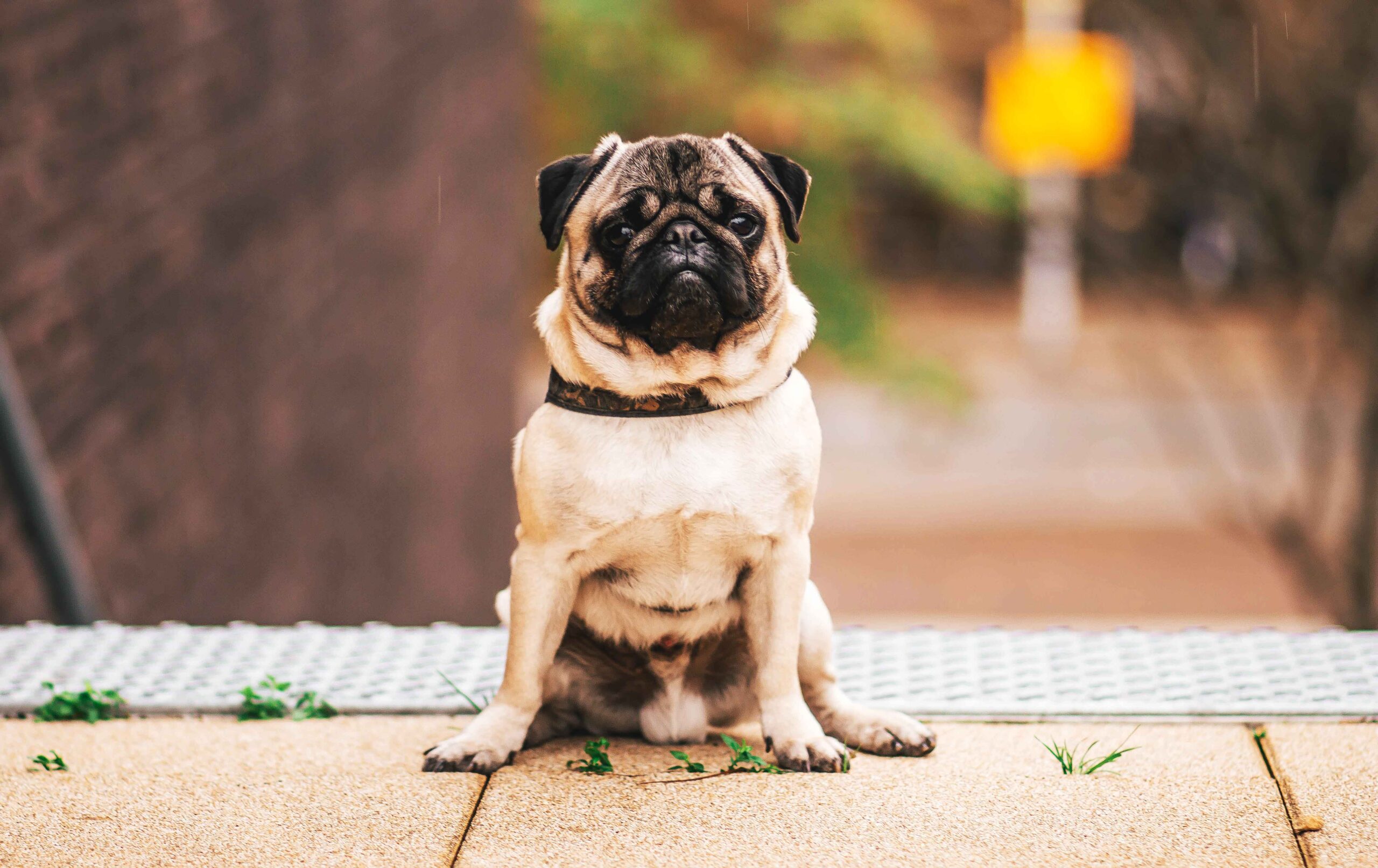
26) Using harsh cleaning products
Most of us clean our homes with products that are harsh and toxic. If your dog eats some of these chemicals, it could make him sick.
Be sure to keep all cleaning products up high and out of reach of your furry friends. You will also help prevent damage to household items such as carpeting and wood floors by not using harsh chemicals. Give a good scrub to your floors once in a while with water and vinegar, which will also help cut down on dust mites in your home.
27) Skipping flea, tick, and worming treatments
Fido might be benefiting from that herbal shampoo, but he’s also missing out on some essential treatments.
If you plan to travel with your dog or need a tremendous all-natural shampoo, that’s fine—but skip any products claiming to prevent fleas and ticks or treat worms.
Some of these products contain ingredients that can make dogs very sick, while others don’t work as advertised. With so many safe and effective options out there, there is no reason to put your dog at risk.
Speak with your veterinarian if you have questions about how to keep your pet healthy naturally!

